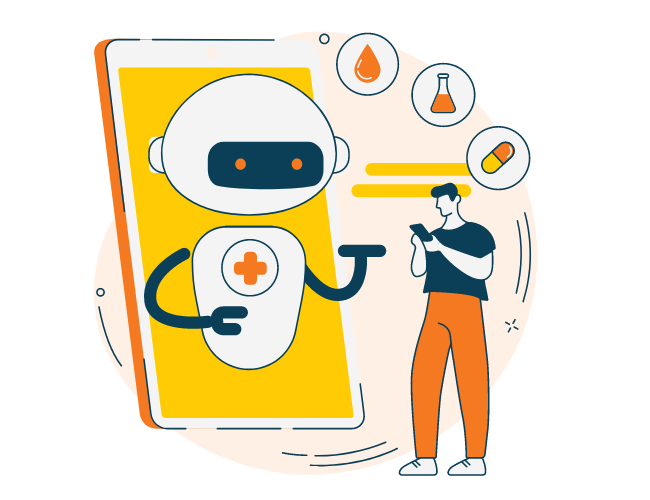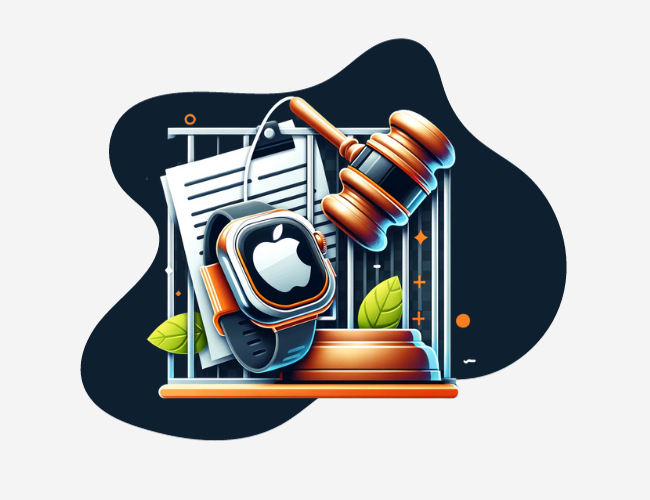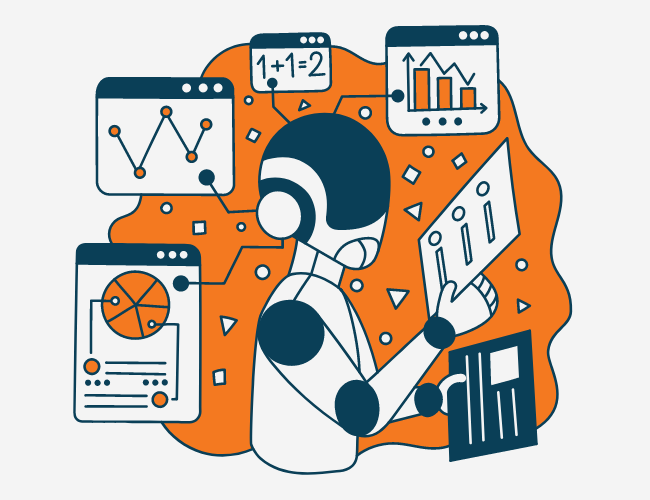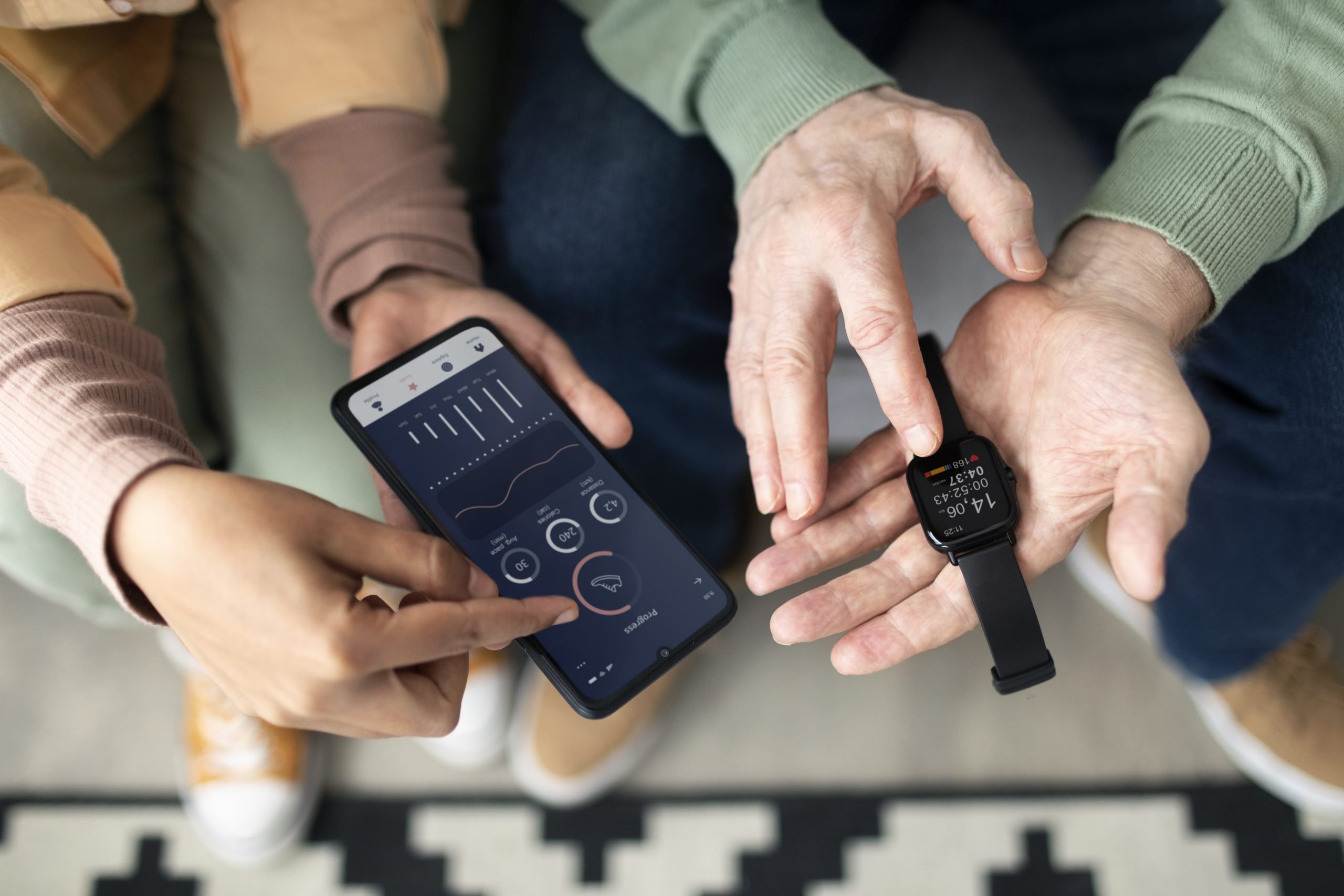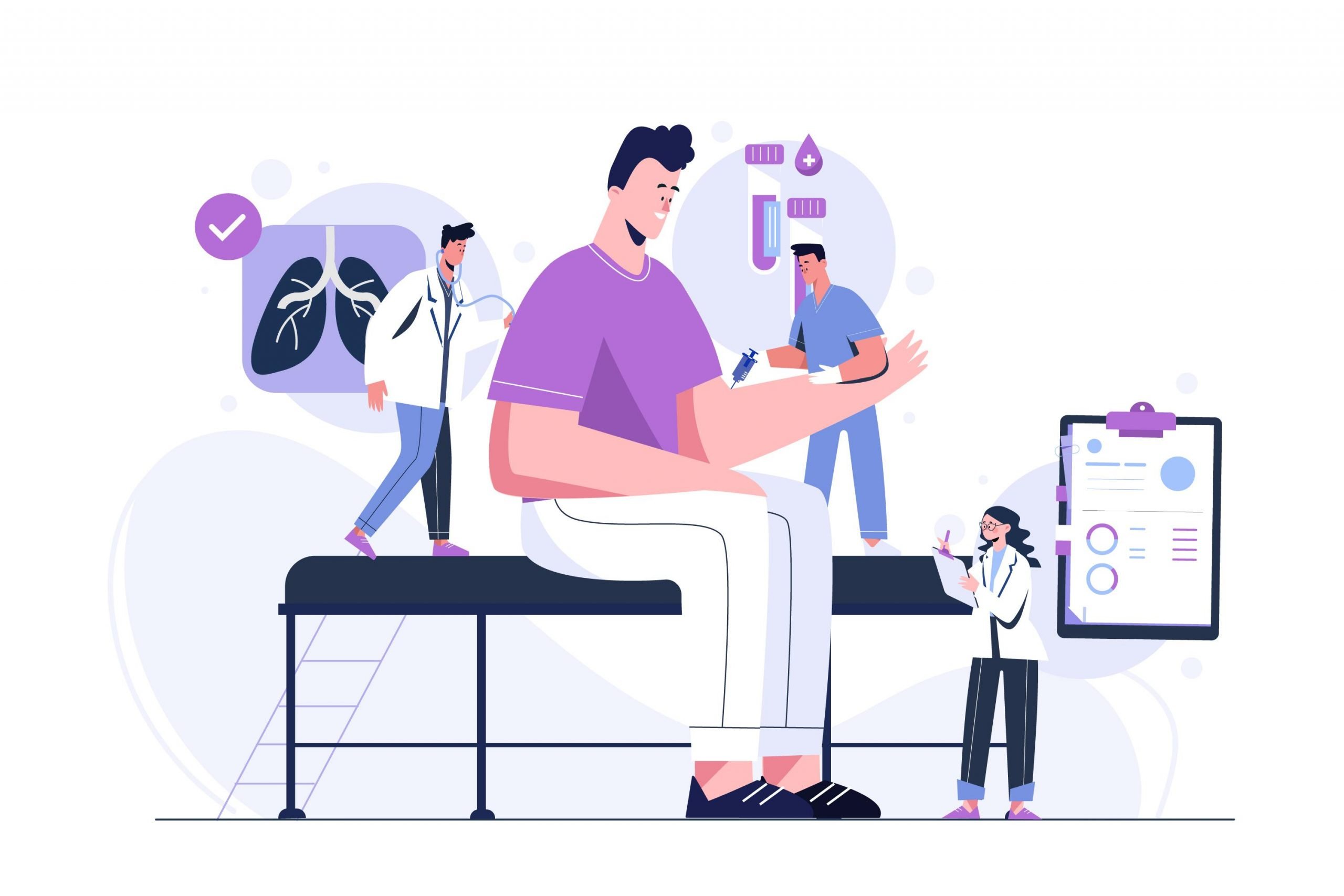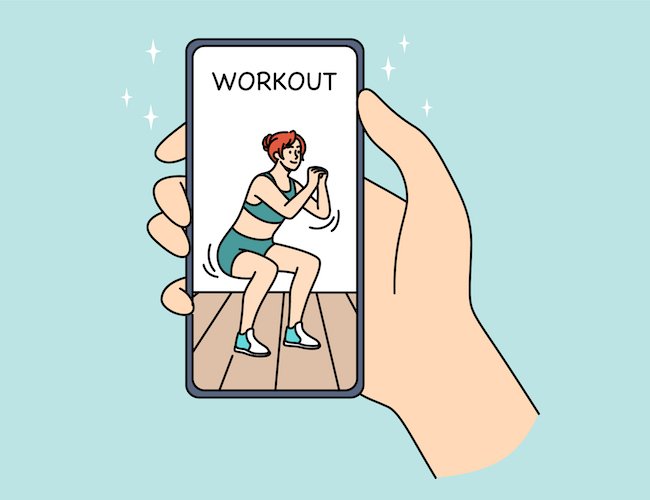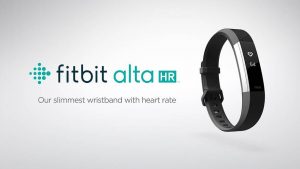
Fitbit recently released Alta HR, their newest activity tracker. The device is an upgrade from their popular predecessor, the Alta tracker, the main difference between the two being the heart rate tracking functionality. Thanks to PurePulse, Alta HR can now measure continuous heart rate data and improved sleep data. Below is a quick look into the new features of the watch and how it can play into the success of an employee wellness program.
PurePulse Heart Rate Tracker
Given the popularity of the heart rate tracking feature, it is a no-brainer that Fitbit adds this functionality to one of its most popular devices. PurePulse uses photoplethysmography, a technology that shines green LED light through the wrist skin to detect blood flow. The standard and clinical way to measure heart rate is by using ECG, which reads electrical activities.
There is still a debate over the accuracy of photoplethysmography. In fact, Fitbit got into a messy lawsuit last summer after the release of a validation study, which claimed that Fitbit heart rate measurements are incorrect and inconsistent. The company rejected the claims, saying that it was “baseless and biased.” They also provided a Consumer Reports test, which concluded that the technology used on two tested watches was “very accurate.”
Regardless, one should take both claims with a grain of salt. Consumer Reports conducted the test with a sample size of two, and the validation study had only 43 participants. Both are limited in scientific rigor and clinical research methodologies.
The verdict: Consumer heart-rate monitoring technologies are still young and underdeveloped. Users should treat the result from these devices as a point of reference, not a clinical or medical data. For that reason, heart rate calculated by these devices should not be used as a scale of measurement in wellness programs.
Sleep Tracker
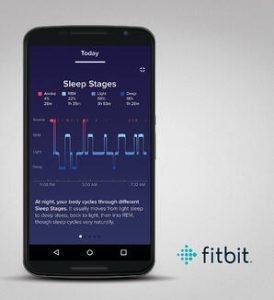
Sleep-tracking seems to be increasingly important to users when choosing wearables. In this arsenal, Fitbit devices beat Apple Watches, mainly because of their longer battery life. Apple Watches have significantly less battery life and need to be charged nightly, making them a less attractive option for people who want to track sleep.
Older Fitbit wearables, like other wearable devices, use the accelerometer to track the movement of users when they sleep. However, this information is only helpful to track sleep duration (even this is debatable). Sleep quality is not only about how long you sleep but also about the duration of each sleep stage. Accelerometers are not useful when it comes to this measurement.
With the addition of the heart rate monitor, Alta HR has a new sleep-phase tracking feature. Fitbit claims that they can now accurately measure which sleep stage user is in. However, since the device and technology are so new, there is limited evidence on whether this data is accurate. To date, the most accurate way to measure sleep quality is to measure brain waves and eye movements, which can only be done in clinical sleep labs. Further unbiased testing is needed before we can judge the accuracy of Alta HR’s sleep phase data.
The verdict: As mentioned before, consumer sleep tracking technology is still unreliable. Managers should not rely this data when making decisions on employee health and other wellness initiatives. You can, however, start other initiatives in the office to improve employee’s shuteye time.
Call, Text, And Calendar
While Alta HR is not comparable to other smart watches like the Apple Watch or Samsung Gear (nor does it cost nearly as much), it still allows users to check their calls, texts, and calendars from the small screen.
Some people may be hesitant when it comes to sending phone notification to watches, as they can be real productivity killers. There is nothing more aggravating than trying to focus when your watch is constantly buzzing with people spamming in a group chat! However, a quick Google search on the topic provides lots of articles on how wearable can improve productivity. Most of them have to do with the use of big data and the positive impact on physical health.
The verdict: “Know thyself” when it comes to the use of wearable devices. Managers should know both the disruptive potentials of buzzing watches and the ability to upgrade office productivity using big data. Make decisions based on what works best for employees and company culture.
Final Words
Alta HR is a good addition to the Fitbit family; it is aesthetically designed and functional. However, users and managers should only consider health data collected by a device as a fun way to become more conscious of their everyday activity and not a medical-grade data used in decision making. The wearable device market has come a long way since the original Fitbit Zip and still has a long way to go. In the future, heart rate, sleep, and other data tracked from wearable devices will have a place in employee wellness programs, but as good stewards of organizational health, companies should wait until the technology matures prior to incorporating them into their program.



